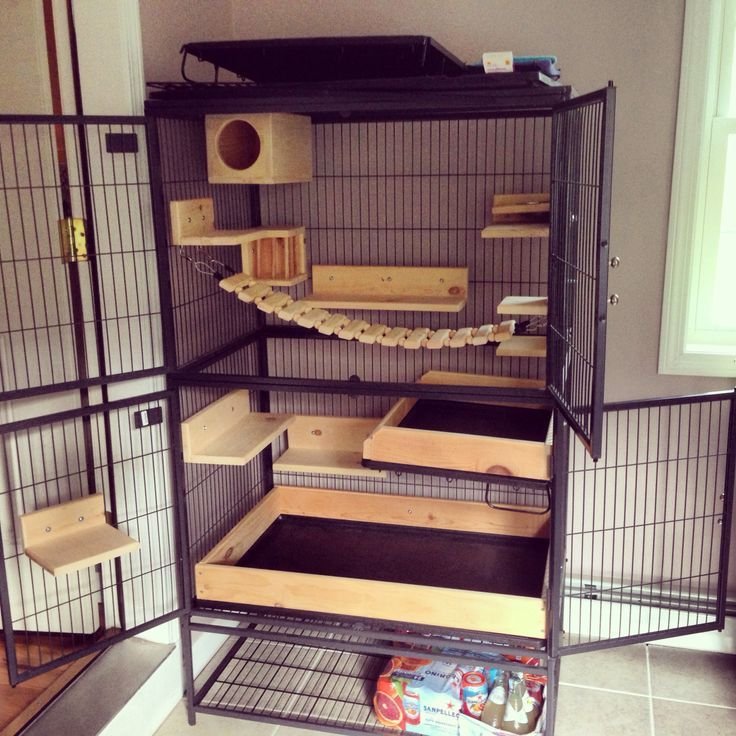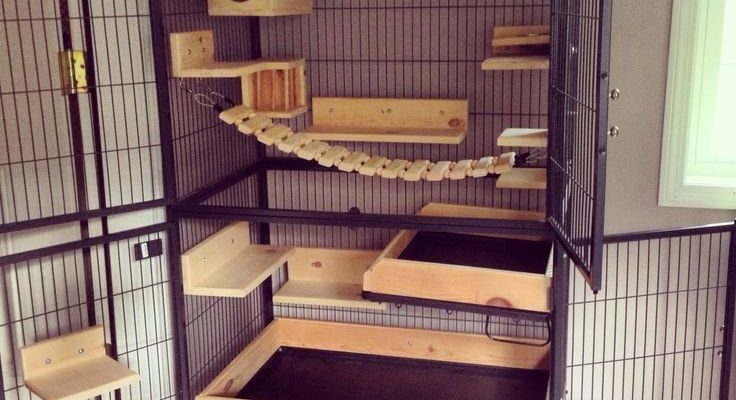
Picture this: you’ve set up your cozy home, complete with a comfy chair and a good book. Now, throw in an inquisitive chinchilla hopping around, exploring every corner with its twitching nose. It’s a delightful picture, but don’t let the cuteness fool you! They require specific attention to thrive. Let’s dive into the essentials of caring for your beige chinchilla, ensuring it leads a happy and vibrant life.
Understanding Your Beige Chinchilla’s Diet
Feeding your beige chinchilla the right diet is crucial. These critters are herbivores, meaning they thrive on plant-based foods. The foundation of a proper chinchilla diet is high-quality hay. Think of hay as the bread and butter of chinchilla meals—it’s essential for their digestion and keeps their teeth healthy. Timothy hay is a popular choice, but other grass hays like orchard grass or meadow hay can also work well.
You might be wondering about pellets. A small amount of chinchilla pellets is okay too, but make sure they’re specifically formulated for chinchillas. Look for brands low in fat and high in fiber. Avoid seed mixes or treats that might tempt you; they often contain ingredients that aren’t good for your chinchilla. Just like you wouldn’t feed a toddler candy every day, it’s best to keep sugary treats to a minimum.
Now, let’s not forget about fresh veggies and treats! You can introduce small amounts of fresh veggies like carrots or parsley into their diet. Rotate these treats to avoid digestive upset, kind of like switching up your lunch menu. Just remember, a chinchilla’s tummy is delicate, so it’s always best to introduce new foods gradually.
Creating the Perfect Cage Setup
Setting up your chinchilla’s home is like designing a little playground for your furball. Start with a spacious cage—the bigger, the better! A multi-level cage is ideal, as chinchillas are naturally climbers and love to hop around. Look for cages with solid flooring (not wire) to protect their tiny feet.
Next, let’s talk about bedding. Avoid cedar or pine shavings; instead, opt for aspen bedding or paper-based bedding. Keep it soft and clean, offering a cozy spot for your chinchilla to burrow in. To add some fun, incorporate hiding spots or tunnels where they can explore and feel secure. Think of it as their enchanted forest!
Don’t forget about essentials like a water bottle and a food dish. Make sure these are placed at different heights to encourage natural behaviors. Also, provide chew toys made from wood or hay to keep their teeth trimmed and to satisfy their chewing instincts. Honestly, a chinchilla’s cage setup is all about creating a safe, fun environment where they can be themselves.
Grooming Your Beige Chinchilla
Grooming might not be the first thing that comes to mind when you think about chinchillas, but it’s critical to their overall health. These little guys have dense fur that requires regular care. Fortunately, chinchillas are pretty good at keeping themselves clean, but you can help out by providing a dust bath a couple of times a week. This special dust, made from volcanic ash, absorbs oils and dirt from their fur. It’s kind of like giving them a spa day!
When you offer the dust bath, place it in a shallow container for 30 minutes, and watch as your chinchilla hops in and out, rolling around in delight. It’s a messy yet adorable sight! Just be sure to clean their bath dust afterward, so it’s fresh for next time.
Brushing is also a good idea, especially if your chinchilla gets matted fur. Use a soft brush made for small animals. A gentle once-over once a week is sufficient—think of it like a quick catch-up chat with a friend. You want to ensure they’re looking fabulous without overdoing it.
Health Considerations for Your Chinchilla
Keeping your beige chinchilla healthy goes hand in hand with proper diet, cage setup, and grooming. Regular vet check-ups are a must. You wouldn’t skip your own doctor’s appointment, right? Schedule visits with a vet familiar with small animals to keep an eye on their overall health. They can help catch potential issues early and offer specific advice tailored to your pet.
Pay attention to your chinchilla’s behavior too. Changes in eating habits, excessive scratching, or lethargy can signal health problems. It’s like reading between the lines of their little book of life. Keeping track of these details helps you be a better chinchilla parent.
Don’t forget about maintaining their environment. A clean cage reduces stress and boosts health. Spot clean daily and perform a thorough clean weekly. It’s important to ensure that their space is as welcoming and safe as possible.
Socializing Your Beige Chinchilla
Chinchillas are social creatures at heart. Think of them as furry little extroverts who enjoy company! Regular interaction is key to keeping your beige chinchilla happy. Spend time each day handling and playing with your chinchilla to build trust and strengthen your bond. Start by offering treats or simply sitting near the cage—let them come to you in their own time.
Introducing your chinchilla to new environments is also beneficial. Let them explore safe areas of your home while supervised. Just be cautious of potential dangers like electrical cords or small objects they might chew on. It’s all about creating enriching experiences that keep them stimulated and engaged.
Consider the option of adopting a companion chinchilla, too. But remember, introducing any new pet requires a careful and gradual process. It’s a bit like matchmaking! Make sure they’re both ready to share their living space without any signs of aggression.
Common Troubleshooting Tips
Even the best chinchilla care routines can hit a snag sometimes. Here are a few common issues and how to tackle them. If your chinchilla isn’t eating, check for stressors in the environment or changes in routine. Sometimes, they need a little extra TLC to feel comfortable again.
If you notice excessive chewing on cage bars, they may be bored or anxious. Providing more toys, chew items, or even rotating their environment can help alleviate this behavior. Always think about how you can make their space more engaging.
Another issue could be fur loss or a dry coat. This could indicate dietary deficiencies or health problems. Few things beat a good chat with your vet in this case, so don’t hesitate to reach out if you notice anything unusual!
Caring for a beige chinchilla may seem like a lot at first, but it’s genuinely rewarding. With the right diet, a cozy cage setup, and regular grooming, you’ll create a loving environment for your furry friend to thrive. Remember, chinchillas are more than just pets; they become cherished family members.
By paying attention to their needs and behaviors, you’ll foster a bond that’s as fluffy as their coats. So grab that soft hay, set up their playful cage, and watch as your beige chinchilla brings a sprinkle of joy and curiosity to your life. Happy chinchilla parenting!

